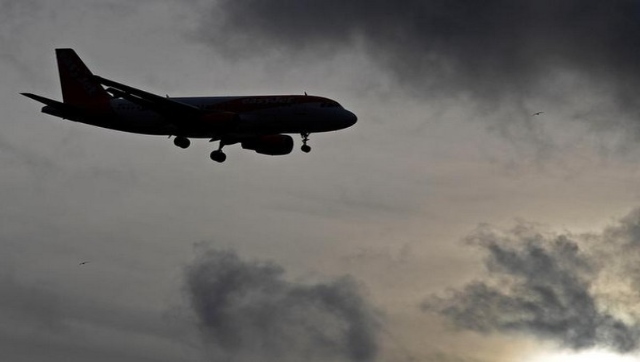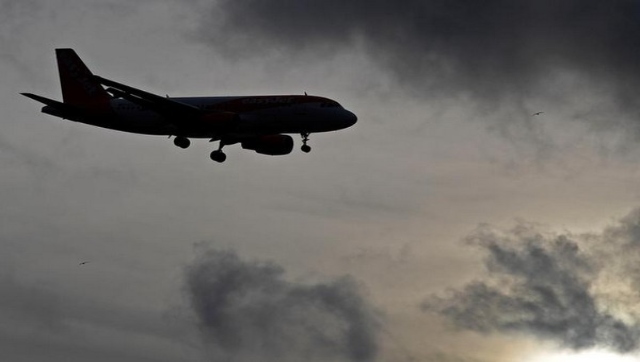New Delhi: It may only be a matter of time before the Tatas become majority shareholders in two Indian airlines. Multiple sources confirmed on Thursday that discussions are on between Tata Sons and Telestra Tradeplace for Tatas to buy out Telestra’s 10% stake in low-cost carrier AirAsia India.
When this happens, the Tatas could end up owning 51% stake in this airline where as AirAsia BhD would own the remaining 49%. The Tatas already control a majority 51% stake in full service carrier Vistara where as again 49% is being held by a foreign airline, Singapore Airlines. This is what will make any possible acquisition of majority stake in AirAsia India too rather interesting though it will not violate the laid down laws.
Is this move going to spell trouble for a group which has been passionate about the aviation business for decades but was thwarted twice, before finally succeeding in running two airlines with foreign partners in India?
In the last two-and-a-half decades, the pioneer of Indian aviation has seen many highs and lows in the aviation industry. Doors finally opened for the Tatas in aviation when the government reversed an earlier policy decision and allowed foreign airlines to hold up to 49% equity stake in Indian airlines in September 2012.
Since then, the Tatas first tied up with AirAsia BhD of Malaysia to set up AA India and later cemented a long held friendship with Singapore Airlines to form Vistara. At the time of AirAsia India, Tatas had initially taken only 30% stake while allowing a relatively unknown company called Telestra Tradeplace to take 21% stake. And when the second airline venture was formed with SIA, they clarified that the business models of the two airlines would remain distinct and therefore there was no possibility of any operational or managerial overlap.
But now that the possibility of two Tata-controlled airlines is very real, some questions need to be posed:
1) Why did the Tatas not pick up 51% stake at the time of formation of Air Asia India itself? Since this JV was formed before any discussions had been finalised with SIA for a second airline venture in India, the Tatas were free to acquire majority in AA India then.
It seems the Tatas were keen to only make a passive investment in an airline venture as they were wary after the earlier fiascos and the government had just relaxed the ban over foreign airlines’ investment in Indian counterparts. So Telestra was brought in to comply with the FDI limits which bar any foreign airlines from holding majority equity so that the total Indian stake remained at 51%, split between Tata Sons (30%) and Telestra (21%). Now, with the prospects of aviation sector improving, the Tatas may want to gain management control in this venture.
2) Why is Telestra keen on selling out? Well, Arun Bhatia of Telestra had recently gone public about his myriad issues with the airline’s functioning. In mid-2013 too, Bhatia had publicly stated he was disappointed with the Tatas for not keeping him in the loop while investing in a second airline, Vistara. Also, there have been hints all along that Telestra was brought into the three-way JV (AA India is 49% owned by AirAsia BhD) at the recommendation of AA’s Tony Fernandes.
3) In case the buyout happens, the Tatas may have to face some queries by the Competition Commission of India (CCI) since it will then be majority owner in two airlines operating in domestic and overseas markets from India.
But CCI queries may not be a stumbling block just yet given the market share of the two Tata airlines is still insignificant in India and any allegations of market monopoly can easily be dismissed. Anyways, AA India is an LCC whereas Vistara is a full service airline so their areas of operation are also distinct.
The AA India saga
AirAsia India started operations in June 2014. The LCC saw an initial investment of $30 million but no excess funds have been invested in it till date. If the Tatas do take majority control in the LCC, their first task should surely be lining up significant investments into AirAsia India since lack of scale is hampering the airline’s growth.
AirAsia India claims to have one of the lowest cost structures among all Indian airlines but cash is urgently needed for network and fleet expansion. AirAsia India needs scale to be able to compete in a highly competitive market like India where at least 3 in 4 flyers already fly an LCC. Its crying need is a substantial investment from the shareholders.
Speaking to Firstpost, AirAsia India CEO and MD Mittu Chandilya denied any knowledge of a change in the shareholding pattern of the airline saying, “There may have been a lot of discussions but as the CEO I am not privy to these. I am focused on operations. A lot of reports on this subject may be speculative.”
But he did point out that operationally, the airline has been doing well. He cited aircraft utilisation of 13.5 hours with a fleet of six aircraft, low-cost base and increased overall operational efficiencies. The manpower-aircraft ratio of the company is at 110 as of now.
Incremental improvements in operations are also happening, with a new CFO and a commercial director joining soon. In the December quarter of this fiscal, the airline claims to have made its first gross profit and in January too, it claims to be making gross profit. This is a vast improvement over the Rs 65 crore loss it posted in the September quarter this fiscal and Rs 24.71 crore loss in the year-ago period.
Originally, the airline had planned to add 10 aircraft to its fleet each year but market realities and the government dragging its feet over the 5/20 rule forced AirAsia India to halt such ambitious plans. It now has just six aircraft in its fleet compared to 15 it would have had if the original blueprint were to be followed. There is yet no clarity on when the next two aircraft will arrive since AirAsia India is awaiting the decision on 5/20.
This is a rule which bars Indian airlines from flying overseas unless they have completed five years of Indian operations and have a fleet of 20 aircraft. Chandilya says fleet expansion is awaiting clarity on the Civil Aviation Policy (which will determine whether the 5/20 restriction stays or goes).
If 5/20 is scrapped, then tier I towns may become more important than tier II (which are currently the airline’s focus) for overseas flights – basically, the entire network will undergo a change. But the Federation of Indian Airlines (FIA), a lobby group of powerful incumbent airlines, competitors of AirAsia India, has been lobbying hard against 5/20 removal. Its plea? That the scrapping of this rule will help only the two Tata airlines, AA India and Vistara.
Will such a strong competitors’ lobby keep quiet if the Tatas become majority owners of not one but two airlines in India? It remains to be seen.


)




)
)
)
)
)
)
)
)